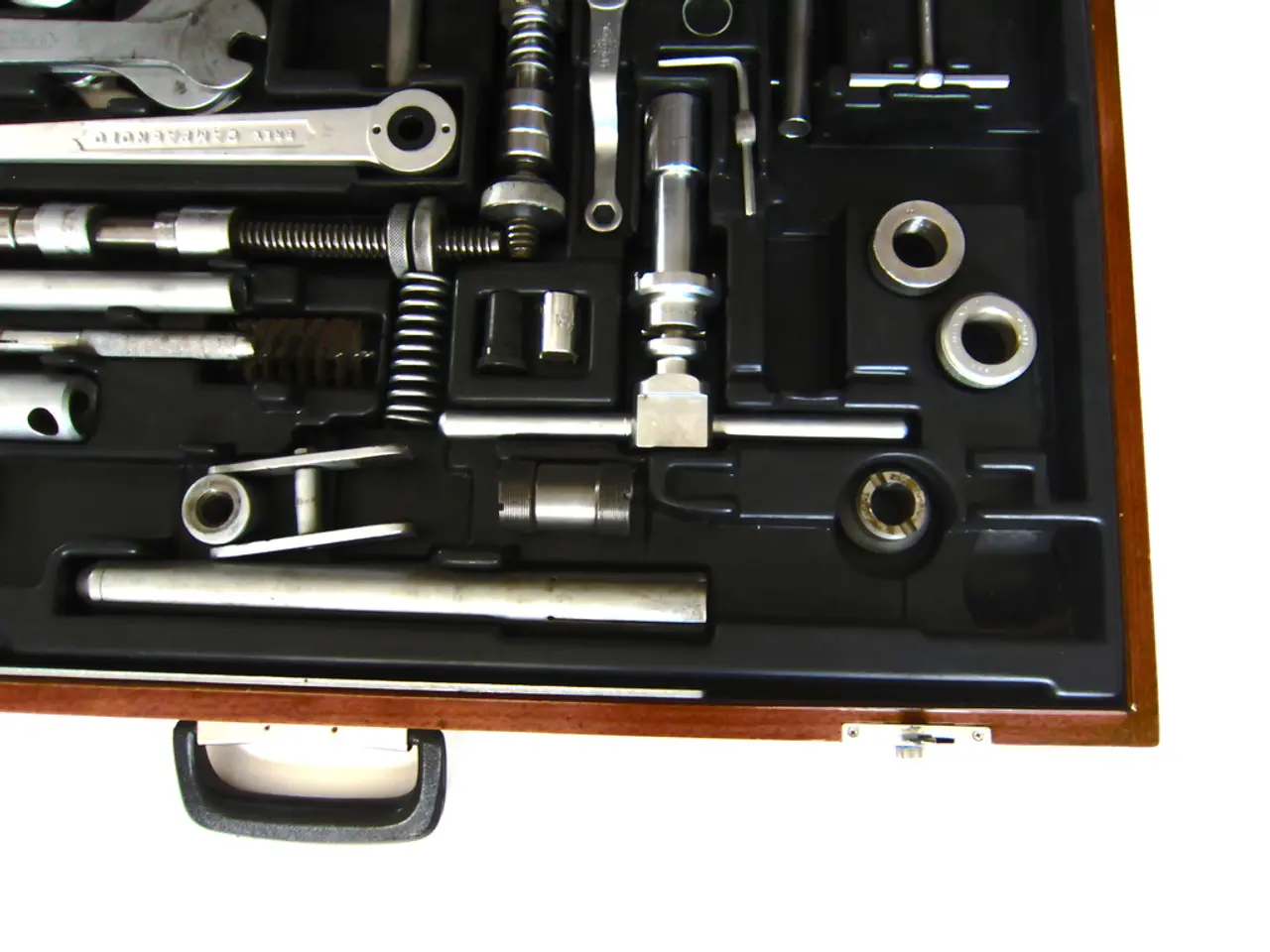UX Data-Driven Design Process Examined: Efficient User Experience Analysis
In today's digital age, understanding and utilising data is crucial for creating exceptional user experiences (UX). Tools like Google Analytics offer a treasure trove of quantitative data on user behaviour, such as page views, bounce rates, and conversion rates. This data can help pinpoint areas where users may encounter difficulties or frustrations, as well as identify features that users find particularly useful or engaging.
Collect and analyze quantitative data to gain insights into user behaviour on your site. Identify where users struggle or abandon tasks, and use this information to make informed design decisions that enhance engagement, streamline user journeys, and increase conversion rates.
Behavioral analytics offer a deeper understanding of the 'why' behind user actions. By tracking clicks, scrolls, and hesitation points, you can reveal usability issues or confusion in real time, enabling you to address these issues proactively.
Combine qualitative insights from usability tests, surveys, and interviews with quantitative analytics for a comprehensive view of user needs and preferences. This holistic approach ensures that your design decisions are grounded in a deep understanding of your users.
Target pain points proactively, such as complex processes revealed by analytics, and redesign these areas to improve usability and satisfaction. By addressing these issues, you can create a more user-friendly experience that meets the needs of your users.
Iteratively test design variations informed by analytics to refine the UX continuously. This iterative process ensures that your product remains relevant and effective, adapting to the ever-changing needs of your users.
Simplify and streamline the interface based on data insights to reduce cognitive load and make navigation intuitive. Meeting users' expectations and language is key to creating a seamless, enjoyable user experience.
Personalize user experience when possible, tailoring site elements based on previous user behaviour to increase engagement and loyalty. Personalisation can make users feel valued and understood, fostering a stronger connection with your product.
Effective UX analytics platforms and tools, such as Google Analytics, provide actionable, easy-to-interpret insights to designers, promoting a user-centric, evidence-based design workflow that drives business outcomes.
Remember, data in UX design is like a puzzle, providing pieces to understand how users interact with a product and what they need to achieve their goals. By leveraging data-driven insights, you can make more informed decisions regarding product development, prioritizing features, and creating a product that meets user needs.
In conclusion, a holistic approach to data-driven design, incorporating both quantitative and qualitative data, segments data based on relevant user characteristics, and iterates and tests designs based on data insights, is key to creating exceptional user experiences. This approach enables informed decision-making that enhances engagement, streamlines user journeys, and increases conversion rates.
- Integrate technology like Google Analytics to collect and analyze quantitative data on user behavior, which can help improve user experiences by identifying areas for improvement and making informed design decisions.
- To optimize the user experience, leverage technology to personalize site elements based on previous user behavior, streamline interfaces, and simplify navigation, meeting user expectations and fostering a stronger connection with the product.




